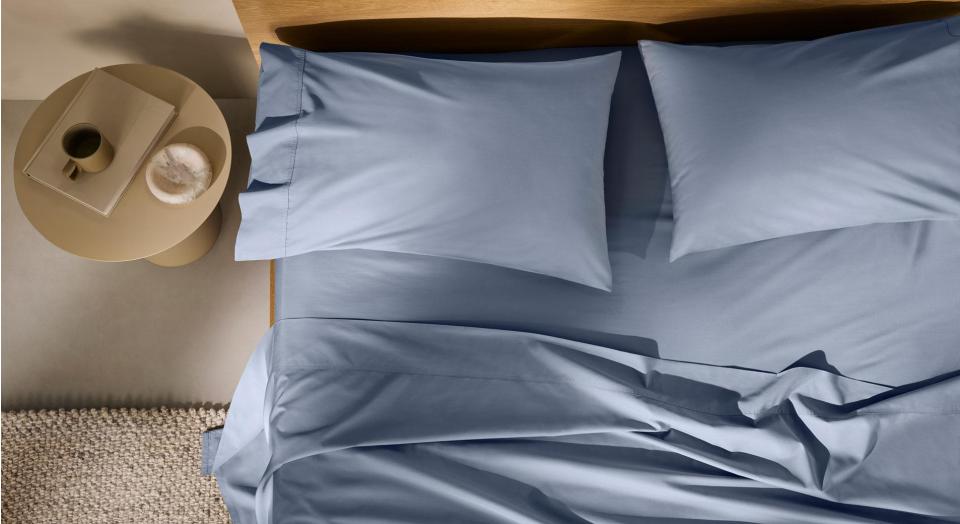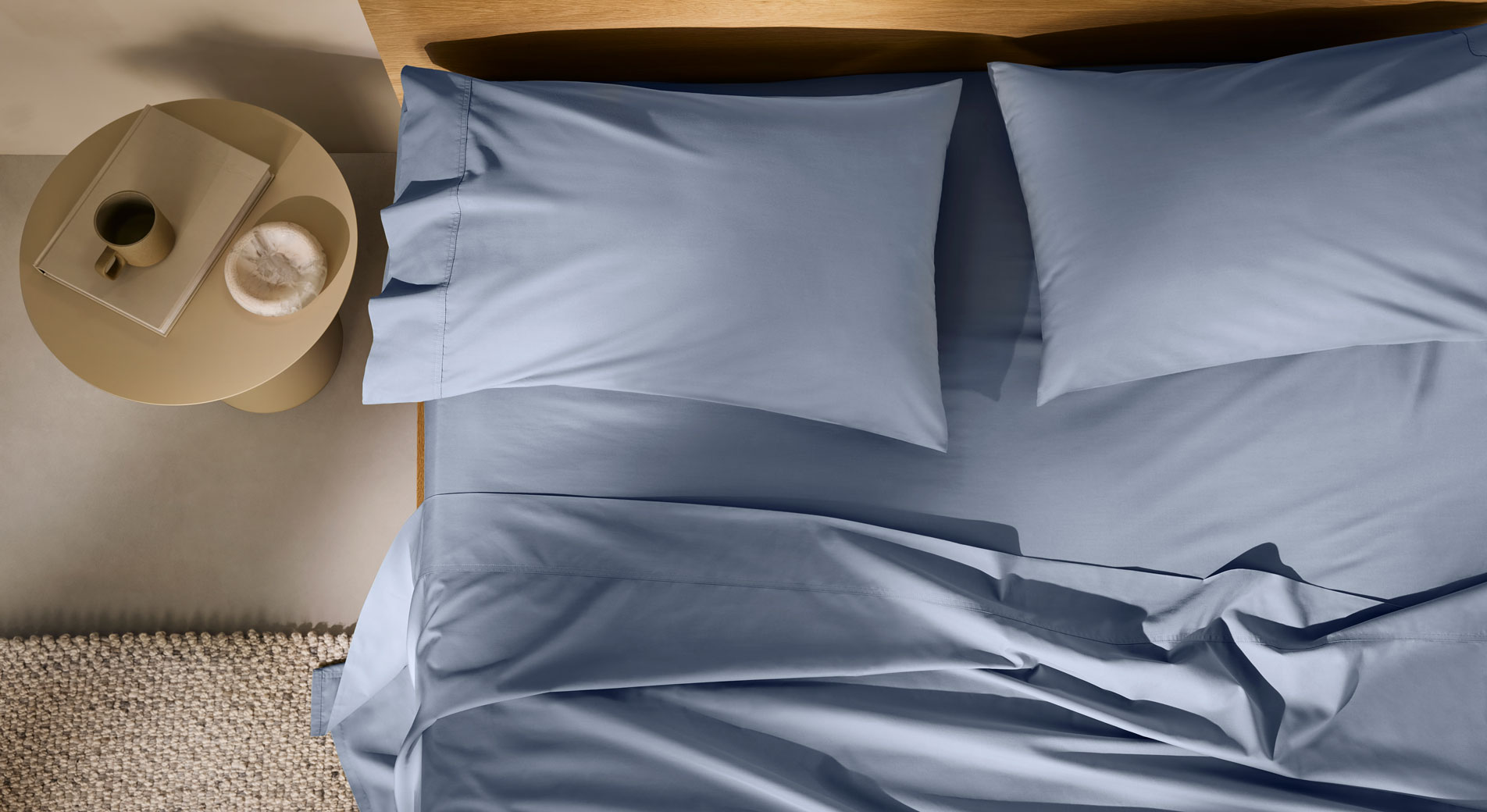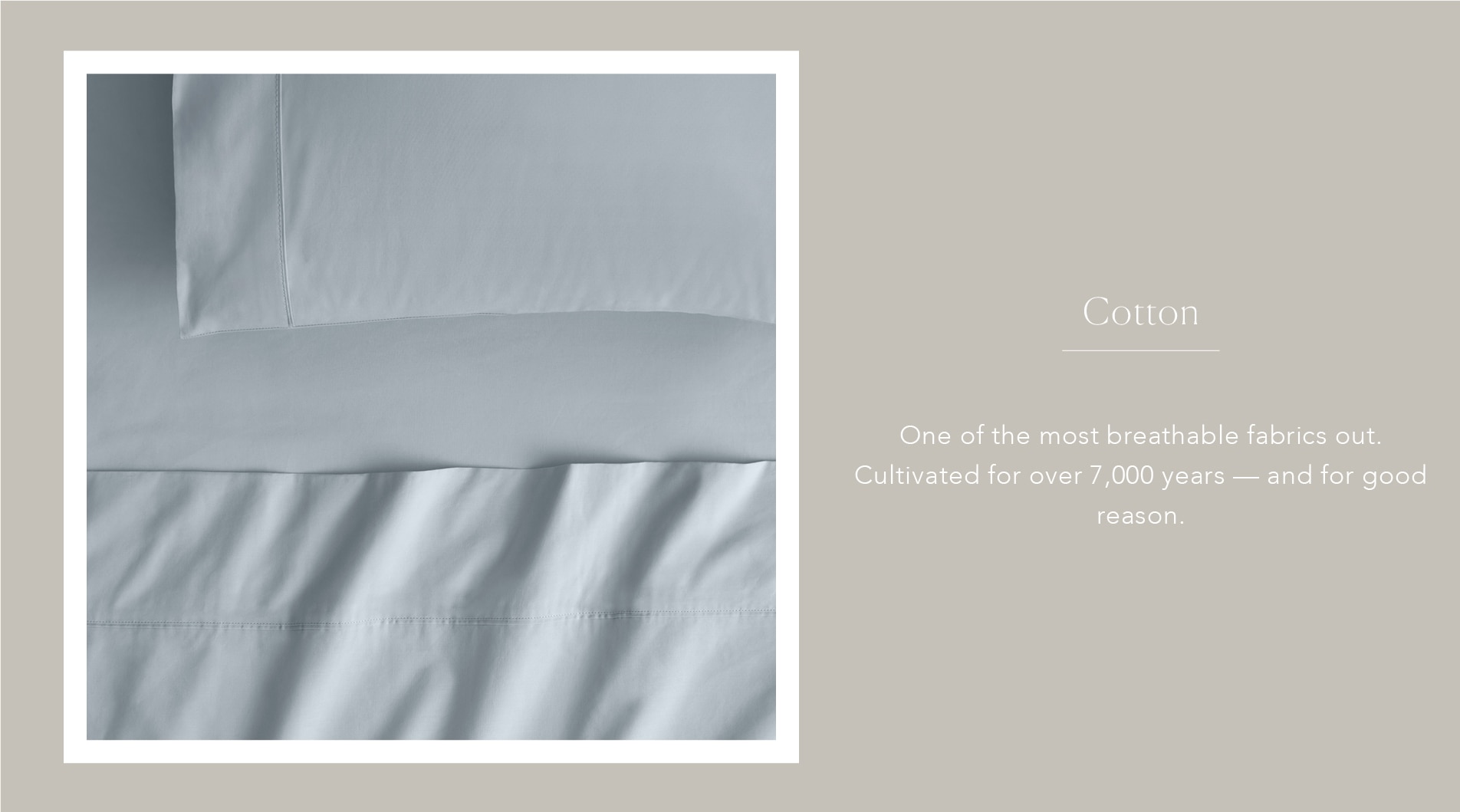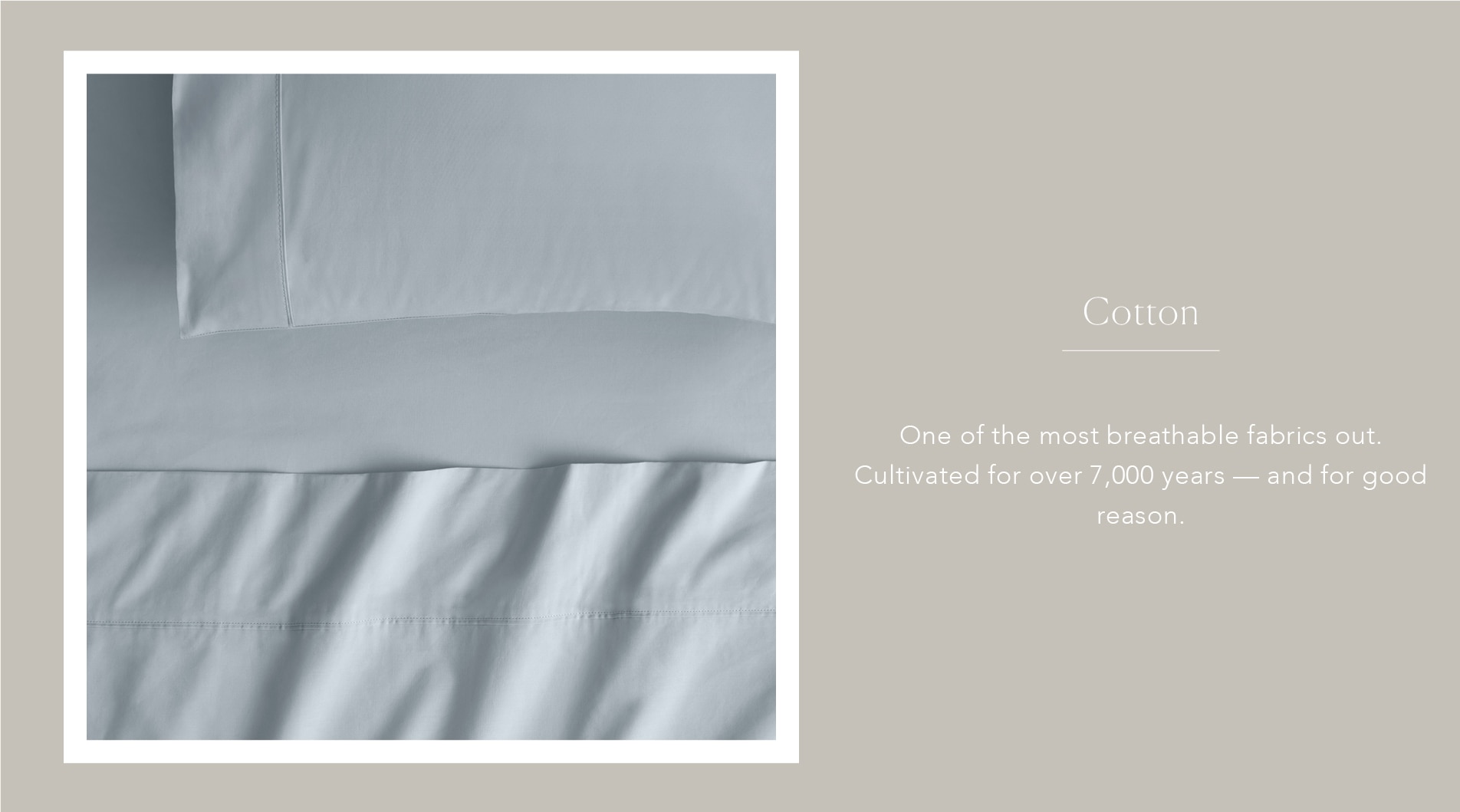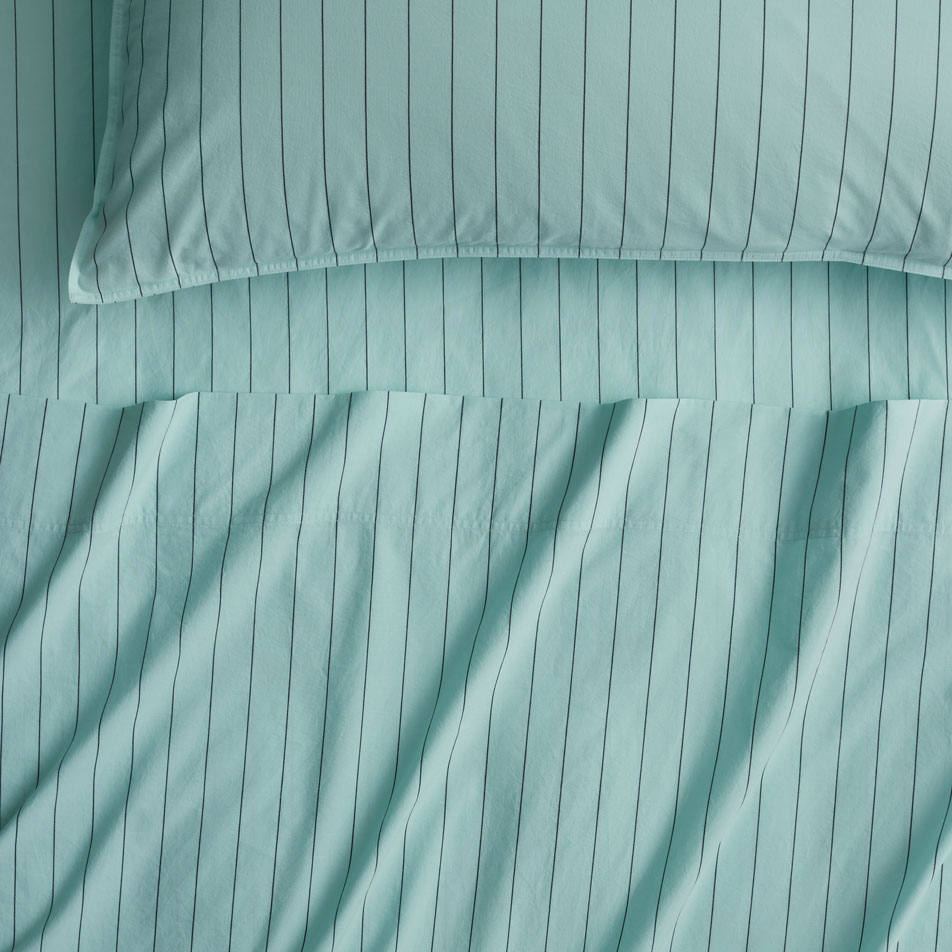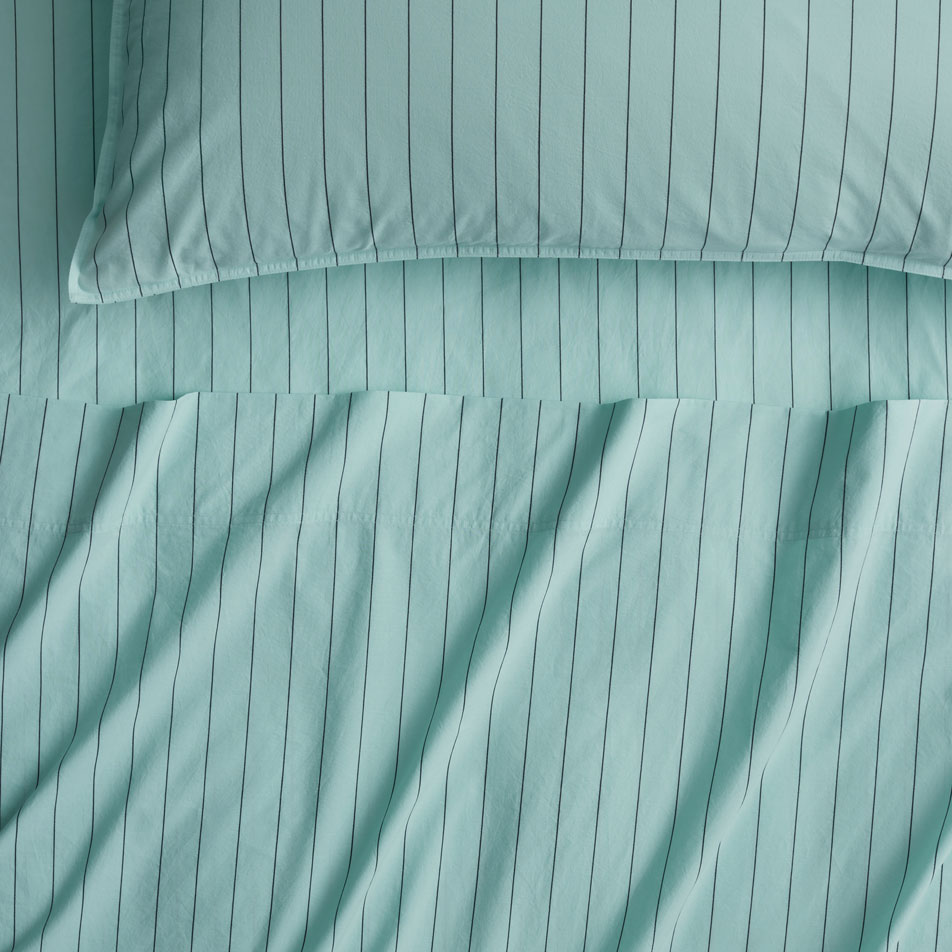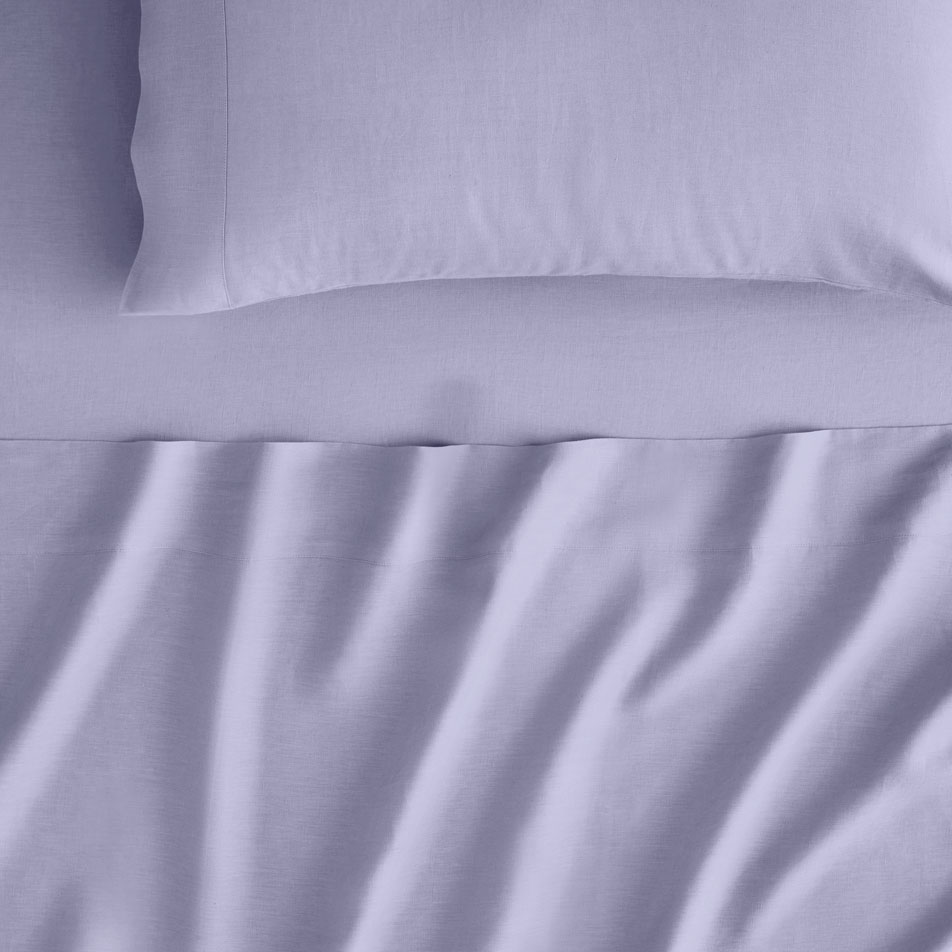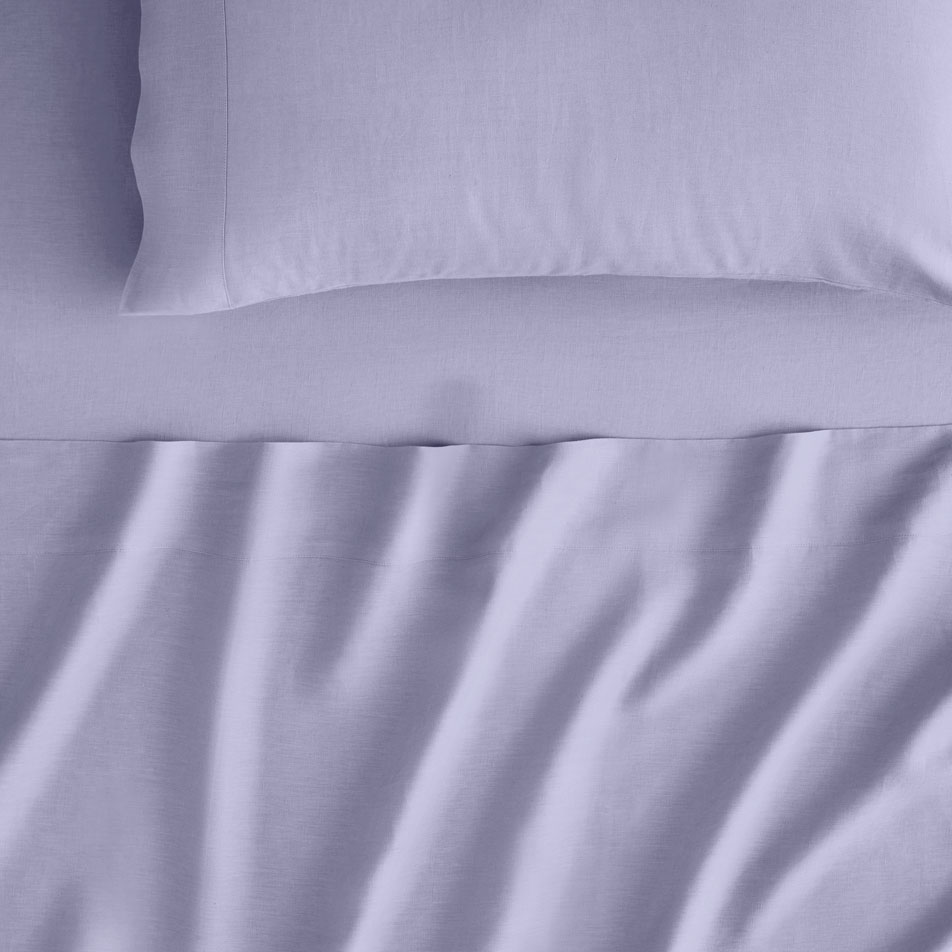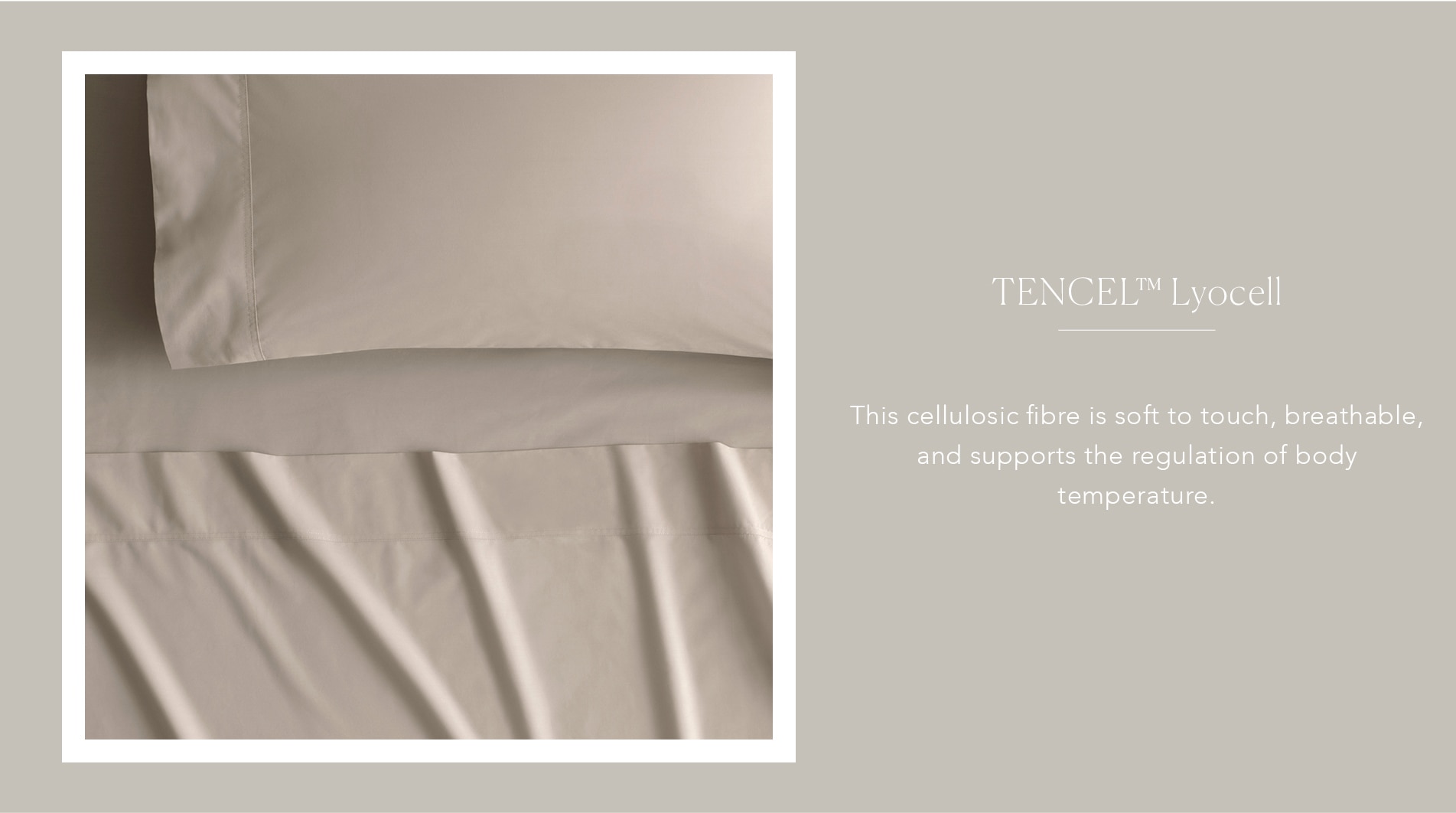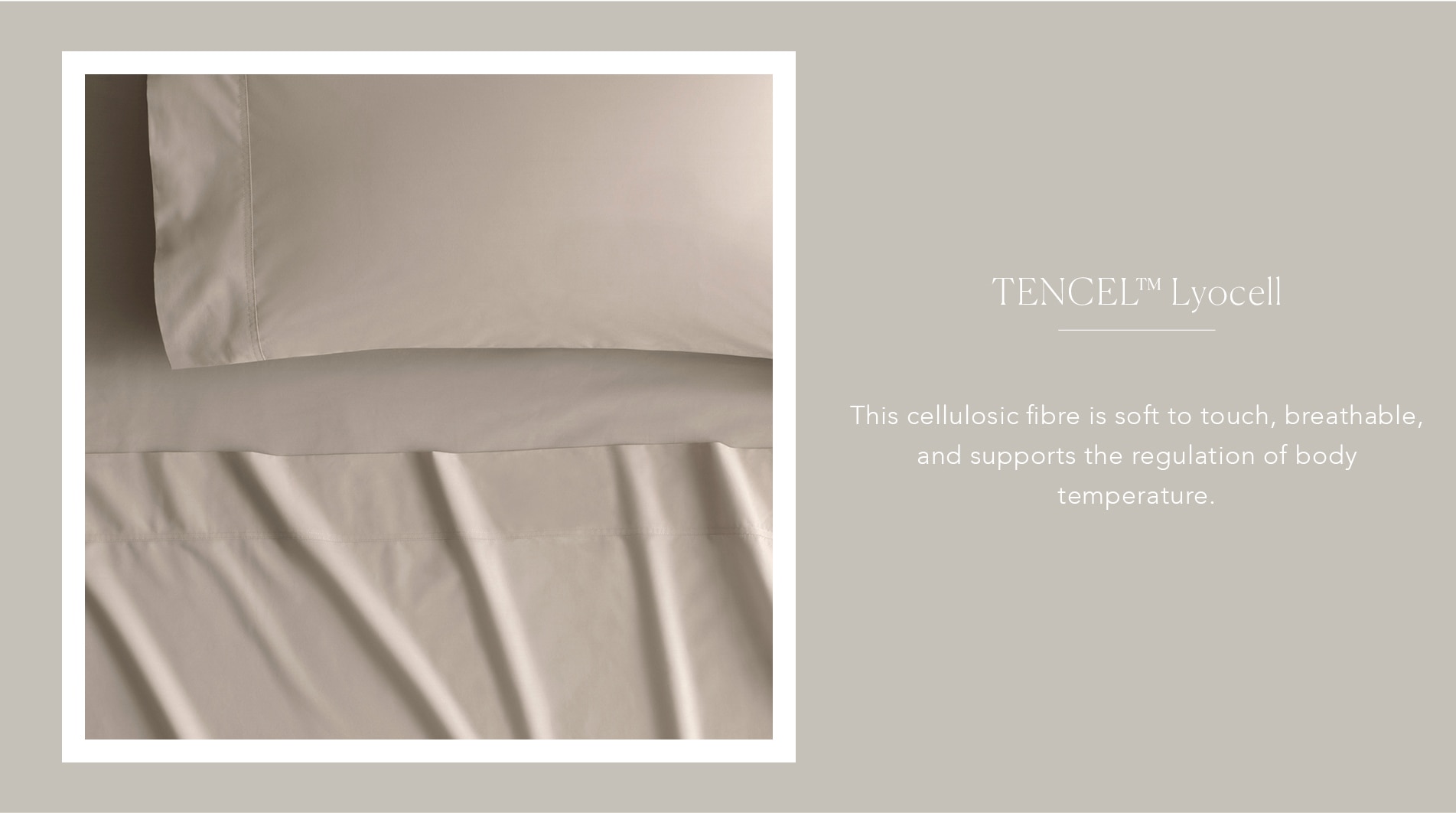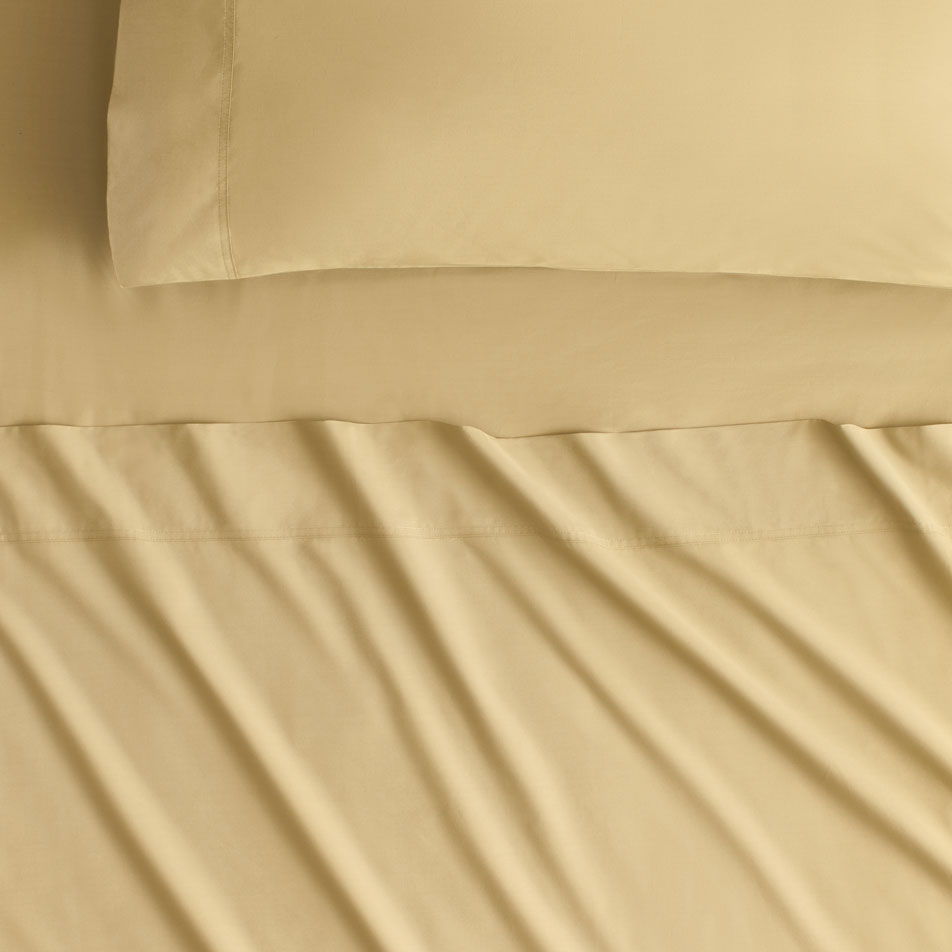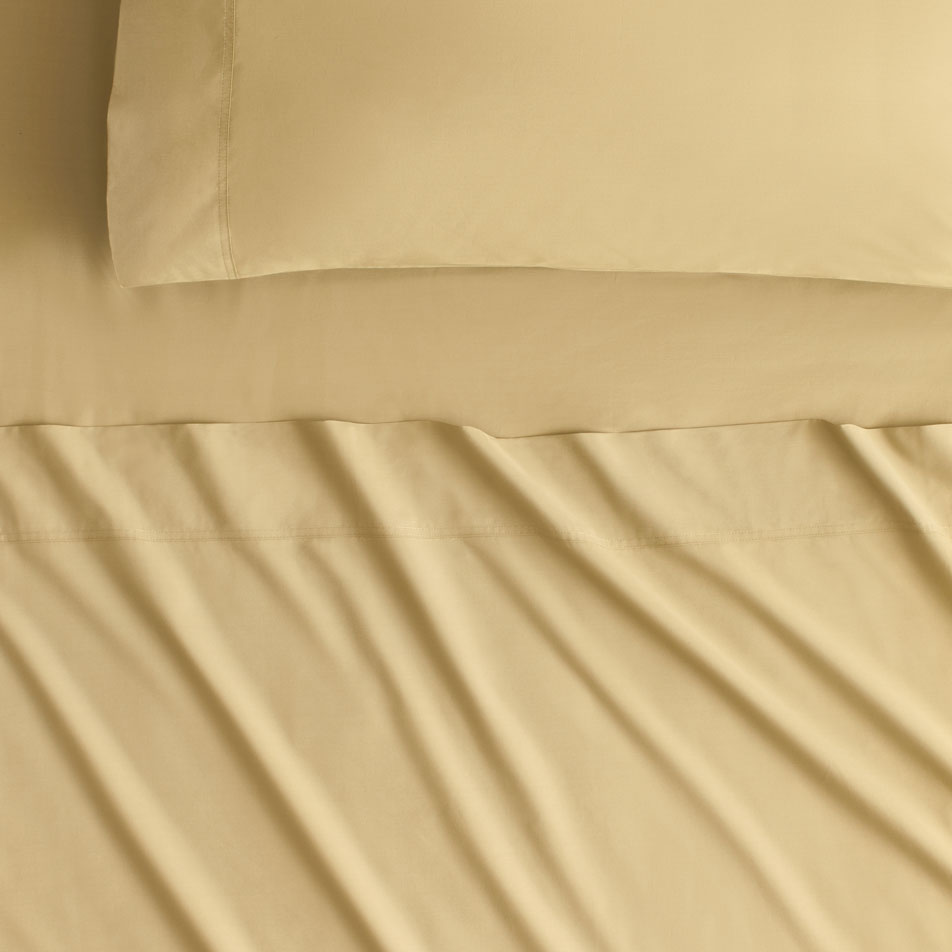You know we’re big fans of the summer season. There are picnics, festive meals with friends, long and lazy days spent at the beach, lightweight loungewear is acceptable as daywear (or even workwear).
Then there are the downsides — insects a-plenty (where do they all come from?), the intense need for aloe vera, and the inability to get a good night’s sleep when even the evening temperatures are sweltering.
Yes, we’ve got the best bedding to keep you cool in summer — but what about what’s right against your skin? You can’t argue the make or break of the ideal summer bed is, in fact, the summer bed sheets.
And when it comes to how to choose summer sheets, there’s a surprising amount of criteria to take into consideration. Not only the obvious ones, like material, but things like thread count, weave, and even colour.
So turn off the aircon (but let’s be real, keep the fan on), put the ice packs back in the freezer and let’s (figuratively) dive into the best summer sheets.
What’s the Best Material for Summer Sheets?
We’re starting with the one you probably know the most about — material. Call it fabric or call it fibre, you’ve definitely heard (or read) about a product being “breathable”. This breathability is actually referring to your skin — and heat or moisture being drawn, wicked, or escaping from the body.
Come across our sheet guide before? Then you know that one of the most breathable fabrics out is cotton. Coming from natural sources — the fibre grows in the seedpod of the cotton plant — it’s been cultivated for over 7,000 years (and for good reason).
As Australian Cotton explains, cotton “loves moisture”; it draws it away from the body and evaporates through the fabric. And when it’s humid and you’re sleeping sweaty — this is what you’re after. It also keeps you cool and dry while you sleep — it won’t trap heat, that heats escaping its way out of there.
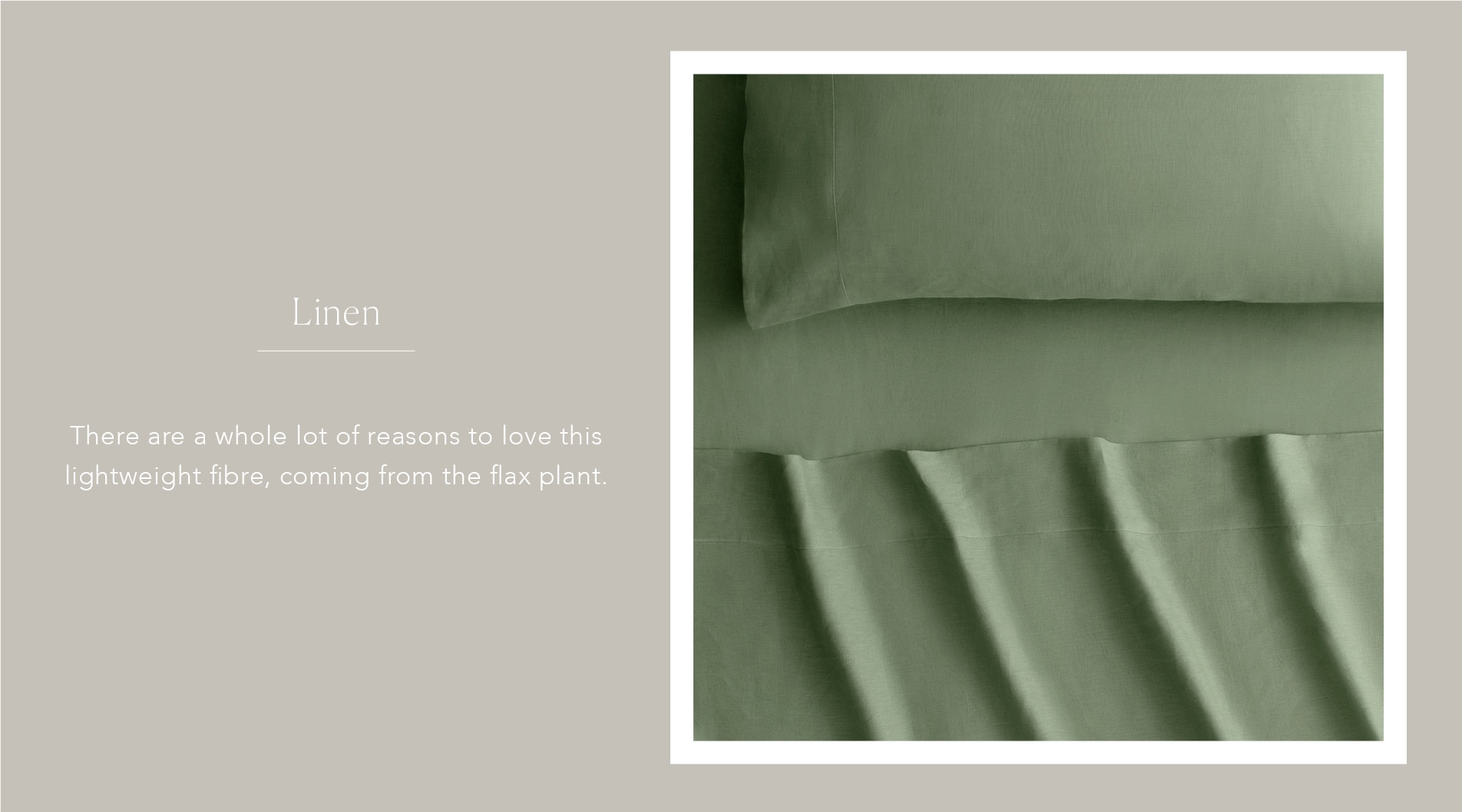
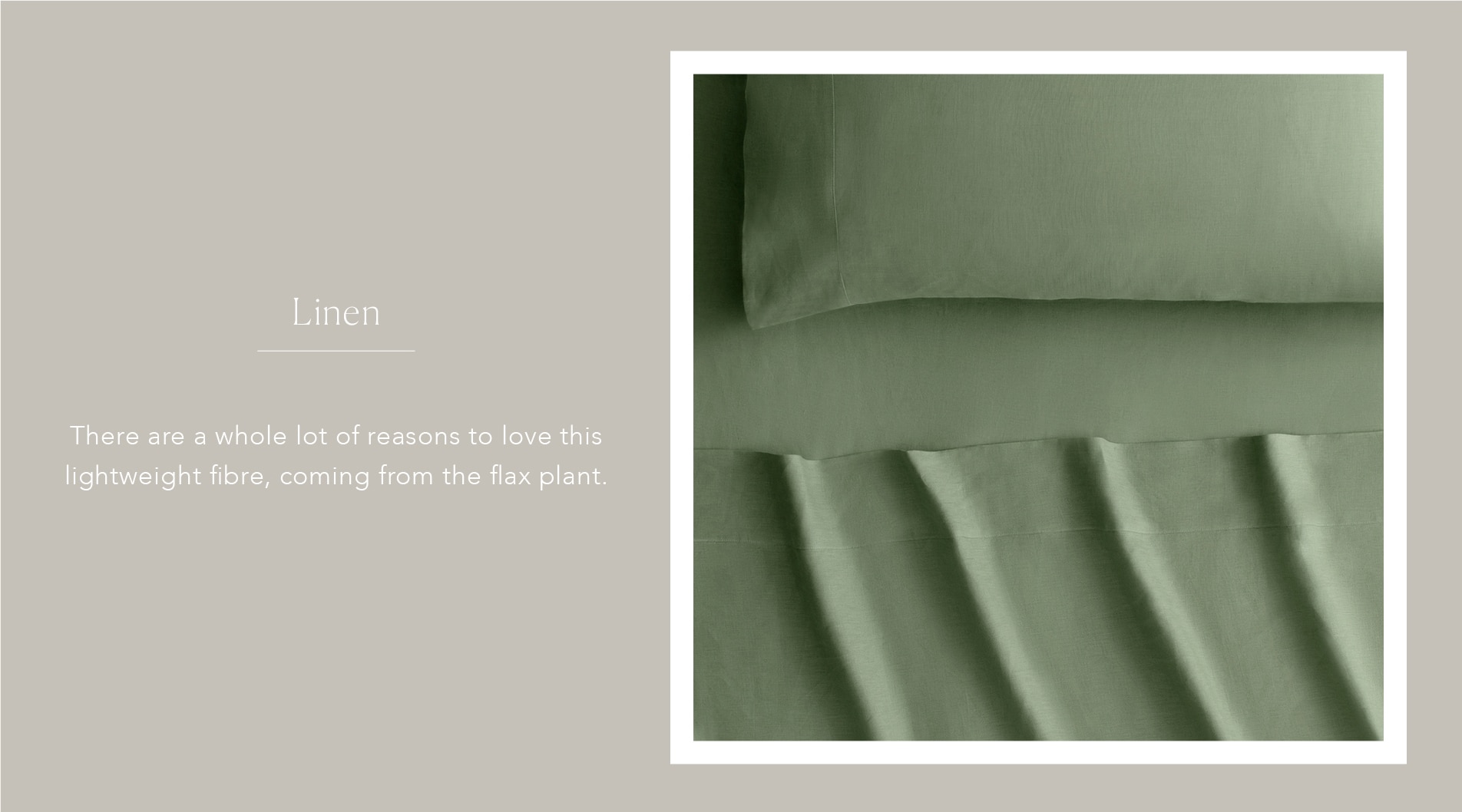
You can always tell when it’s heating up here in Australia — the linen comes out in droves. Across Instagram and TikTok, you’ll see people you know (and influencers you don’t) starting to wear this lightweight summer fabric. As it turns out, there are a whole lotta reasons to love linen.
And like cotton, this material is also crafted from natural fibres: the flax plant. And the OG fibre itself is actually hollow, allowing (with ease) for air and water circulation. Translation? When it comes to what type of sheet is best for cooling, linen is your answer — very cool, and absorbent.
It also boasts a moisture-wicking nature; sweaty sleepers, line on up.
Okay, so you might see a bit of a running thread (pun intended) here — the best material for summer sheets seem to be ones that come from nature.
And TENCEL™ Lyocell is here to join that plant-derived party. Its raw material derives from wood pulp, which is sourced from sustainably managed forests. This cellulosic fibre, like cotton, is soft to touch and breathable. And also, it manages moisture (yours), and also supports the regulation of your body temperature. Turns out, this one is a great one year-round.
Oh, you (well, technically we) can always combine TENCEL™ Lyocell fibres with other fibres — like the aforementioned cotton, and linen. Kinda like chocolate, adding TENCEL™ Lyocell to a blend makes everything better; the fibre ends up enhancing the functionality of its partner, as well as the aesthetic. Just look at Byren or TENCEL™ Lyocell & cotton sheeting ranges.
What’s the Best Thread Count for Summer Sheets?
Thread count is a term you’ve definitely heard bandied about before —for better, or for worse. But like we’ve previously spoken about, the concept of thread count is pretty woefully misunderstood.
Generally, the belief is that the higher the thread count, the better — which just isn’t true. Thread count is a measurement tool; it measures sheet weight.
It’s the number of threads lengthwise, added together with the number of threads widthwise. And from that, it’s the total number of threads woven per 10 square cm (10cm x 10cm).
So if you have a sheet with a 400 thread count, then there are 400 threads woven together in a 10 x 10cm space. 1200 thread count, that’s 1200 plyed threads in that square. The higher the thread count, the more threads, and the weightier it gets.
And of course, thread count comes down to personal preference — some people prefer a luxurious, heavier-weight feeling (like a hotel bed), whereas others want the lightest of touches. For hotter nights, however, the best thread count for summer sheeting does tend to be the lighter end of the scale — the 300 and 400 thread counts. It allows for air to pass through the weave, helping you stay cool while sleeping.
What’s the Best Weave for Summer Sheets?
What’s in a weave? That which we call by any other name would feel just as good.
Well, unlike old mate Shakespeare, the different weaves — and the names for them — are pretty relevant; they contribute a lot to what type of sheet ends up being best for cooling. Take that, Romeo and Juliet.
But back to weaves. It’s how two separate strands of yarn interlace — how the horizontal strand (the weft) goes over (or under) the vertical yarn (the warp)...and vice versa. There are many different types of weaves, but for summer bed sheets, you’ll find that a percale weave is generally recommended across the board.
A percale weave is one-over-one-under; a compact weave with a more matte finish compared to its counterparts. This kind of weave allows air to breathe through the interlacing threads — making for a cool, crisp and lightweight finish.
What About the Colour of Summer Bed Sheets?
Okay, so this is really getting into the nitty-gritty here — and into the scientific, a bit.
If your bed is by the window or at least positioned in your room where it receives a lot of sunlight, it may be beneficial to go for lighter colour sheets. As we were taught back in science class — and you’ve probably experienced anecdotally — dark colours absorb more heat, while white reflects it.
So you could keep cooler (or at least, keep your sheets cooler) by choosing a lighter colour to begin with. Of course, if you prefer a darker hue for your bedding, you can just keep your shades lowered throughout the day — which will help prevent heat buildup, regardless.
And beyond the shades, a window treatment will help support the light fastness of our products. If you’ve ever left an item in the sun for too long, you know the power of UV can cause the colour to fade.
